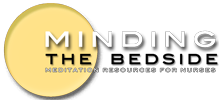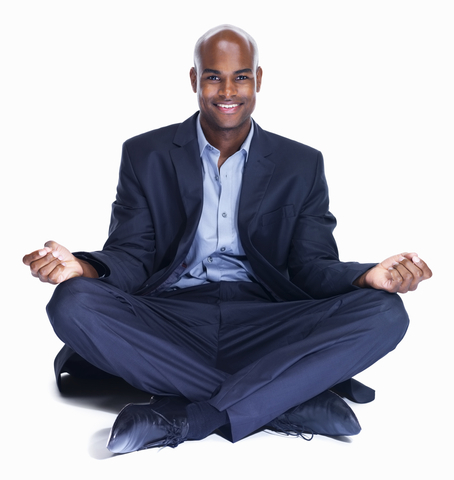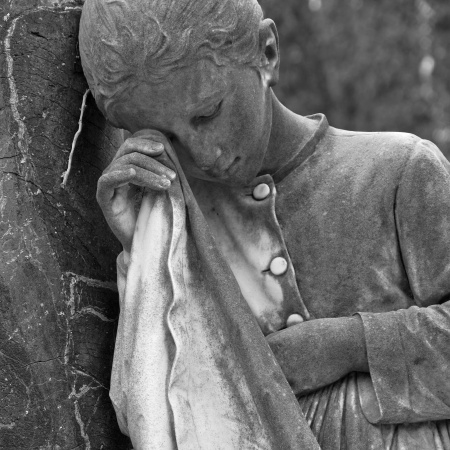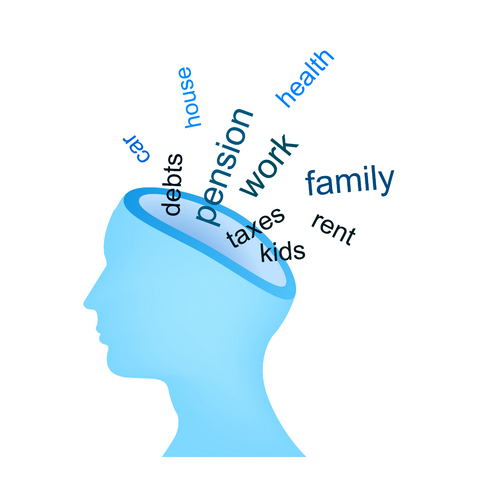How to Meditate
Do you ever wonder how to meditate and whether to meditate with your eyes open or closed? It’s a great question and it recently came up in an online class that I’m teaching, NursingZen.
Let’s look at the differences…at least from my point of view. This isn’t gospel, it’s just based on my experience and the experience of others who have shared with me.
Meditate with Eyes Closed?
I first began (formally) meditating in 1985 when I trained with S.N. Goenka, doing vipassana meditation (Theravada). I was “initiated” with two (almost) back-to-back 10-day sits; 14 hours a day, eyes closed, immersed in body scans and dharma teachings. It was an absolutely amazing experience!!
What I noticed right from the start was that the mind wasn’t used to having visual signals and images removed from its usual way of perceiving things. Even with my eyes closed, I “perceived” visual hallucinations and aberrations; it was wild!!
I continued to practice in the Theravadan tradition for about 16 years, more at some times, less at others. At my peak, I was practicing 60 minutes a day, for months at a time.
Meditate with Eyes Open?
I first met Sogyal Rinpoche while doing AIDS care at Seattle’s Bailey-Boushay House. He was doing a talk on his newly published, The Tibetan Book of Living and Dying. Since that time, Rinpoche has been my teacher and I have spent a good number of days (about 200+) on retreat with him.
The way that Rinpoche teaches meditation, and indeed the modality for most Tibetan Buddhist practices, is with the eyes open. The main reason for this, at least the way that I understand it, is because meditation isn’t about shutting out the rest of the world; it’s not about finding a cozy cave somewhere and disappearing. Meditation is about engaging in the world from a state of non-distraction, where we’re not altering our mind with thoughts about our senses, thoughts about our thoughts, feelings about our thoughts, etc…etc.
I can’t say that I’ve gained any particular realization from practice, however I do know that I’ve learned a lot about working with my mind.
Differences Between Open and Closed Eye Meditation
One thing that I have found – and this finally addresses what I wanted to share with you – is that, after doing almost three decades of meditation practice, the “eyes open” method is how I’ve chosen to practice and teach in my classes. The reasons for this are as follows:
- I’ve learned this personally and have had it shared by dozens, if not hundreds, of others; practicing with eyes open can prevent falling asleep.
- Having eyes closed during meditation can result in a lot of mental discursiveness related to either imagery or imagination. During my vipassana retreats, as well as in the many hundreds of hours subsequent to them, I experienced many periods of “mental hallucinations” where the mind would create images simply because there were no actual ones present. When I presented my experiences to my instructors, they explained that this was the mind’s response to having the eyes closed. As such, I find that open-eyes tends to limit the “tripiness” that some people experience otherwise.
- Eye consciousness is one of the biggest hurdles for people, especially Westerners, to deal with. Because we’re fed so much…crap visually, in the form of eye candy and such, we tend to fixate on what we experience visually. For those who are just learning to meditate, getting a handle on the visual distractions first is a very powerful experience. I’ve had many students tell me that going from closed-eyes meditation to open-eyes strengthened their practices (see quote below).
- What I teach is how to engage all that we encounter within our life with meditative awareness and mindfulness, and how to practice in life. As such, because we encounter our life with eyes open, learning how to practice as such is more relevant to integration.
- The late Dudjom Rinpoche, a profoundly brilliant teacher and scholar, had a wonderful way of working with all of the senses and phenomena that arise within the mind. He said, “Leave the thinking in the thinking, leave the seeing in the seeing, leave the hearing in the hearing.” So when I meditate, and when I help others to learn, I encourage them not to “reach out” with their mind to what they think, hear or see, but to remain present in the face of whatever thoughts, sensations, or emotions arise.
Recently, after a class of NursingZen, one of the students wrote the following:
“Yes! Meditating during our class with eyes open was so interesting. I have always meditated with my eyes closed. I was a bit sleepy at the start of the meditation, so I lifted my gaze as you suggested Jerome & I seemed to have such deep focus & concentration & honestly, it was as if my mind was a blank canvas. I do not recall noticing any thoughts other than, damn I am so relaxed & I think I’ll deepen my breath a bit…So glad to have learned this technique & can’t wait to practice it at work while I am on the phone with customers.”
Does Formal Practice Matter?
As in any “art,” learning how to do something formally establishes a solid foundation for its informal practices. When people ask me “how to meditate,” my usual response is, “start with a formal practice,” and then learn how to integrate your practice into daily life.
Part of the formal practice may be a specific posture, which is where the “open eyes versus closed eyes” discussion comes in. My bias, and what I’ll recommend anyone who’s interested in learning how to meditate, is that you begin by keeping your eyes open. It will help you more easily to integrate your formal practice into your daily life.
Questions on Meditation Posture?
If you have any questions on posture or would like to add your ideas to the discussion, please do so. This is a community site, and…you’re the community!
And remember, whatever you do, enjoy, be spacious, and never struggle to learn how to meditate. And…if you are struggling, please let me know and see what I can do to help you.
How To Meditate
Maybe you’ve already got a meditation practice. If that’s the case, great! Keep it up. And feel free to use all of the content from this site to support you in your efforts. If you haven’t started to meditate, begin now.
Many people don’t meditate because they believe that they need to do “something special” in order to meditate, maybe you’re one of them. “Doing something” special isn’t the case. All you need is your breath, and a few minutes of time set aside to begin your practice. Here are some tools to get you started:
- Meditation audio for using your breath as the anchor of your attention during meditation.
- Ebook and two chapters from the book, Minding the Bedside: Nursing from the Heart of the Awakened Mind, on how to meditate.
- Even though my book was written with nurses in mind, I continue to get feedback from those who have bought it who aren’t nurses that they find it useful in their lives. So, check out the book, Minding the Bedside: Nursing from the Heart of the Awakened Mind. It’s really written for anyone. You can even buy it in a Kindle version!
This site has tons of tools for learning how to meditate.
I encourage you to look through the HUNDREDS of articles that I’ve written and especially check out my weekly meditation tips and other useful meditation materials provided for your health and well being. And please let me know if you’d like to discuss anything with me, have any questions or need clarification regarding anything that I’ve written about.
Thanks for visiting and have a mindful day.





Thank you so much for this Jerome! I had to reduce my meditation practices to a shorter period because of the’trippines’ that you shared. The bit about what meditation is “not shutting off the rest of the world” really resognated with me. I do plan to put the concept of meditating with open eyes into practice.